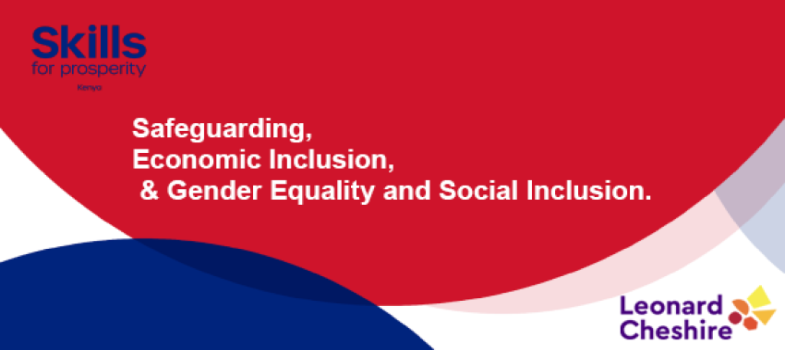3.1.5. Indicators of abuse
The table below gives common signs of abuse:
|
Definition & Type of Abuse [1] |
Signs of Abuse |
|
Physical Abuse It is deliberately aggressive or violent behaviour by one person toward another that results in bodily injury. Physical abuse may involve such actions as punching, kicking, biting, choking, burning, shaking, and beating, which may at times be severe enough to result in permanent damage (e.g., traumatic brain injury) or death. It often happens in relationships of trust such as parent and child, caregivers, marriage, etc. |
|
|
Emotional Abuse: It is also known as psychological abuse. It’s a pattern of behaviour in which one person deliberately and repeatedly subjects another to non-physical acts that are detrimental to behavioural and affective functioning and overall mental well-being. |
|
|
Neglect: It is failure to provide for the basic needs of a person in one’s care. Neglect may be emotional (e.g., rejection or apathy), material (e.g., withholding food or clothing), or service-oriented (e.g., depriving of education or medical attention). At the individual level, self-neglect may be characterized by a lack of awareness of self in whole or part of the body. Also
closely related to neglect is maltreatment. It may take the form of direct abuse or neglect from another person, which may involve emotional, sexual, or physical action or
inaction. Maltreatment also includes such actions as exploitation and denial
of basic needs. |
|
|
Sexual Abuse & Exploitation
|
|
|
Organisational or Institutional Abuse This is the mistreatment of people in their workplace or learning environment. It may be brought about by inadequate care, support, or practices that affect the workplace or learning environment. |
|
|
Discrimination: Differential treatment of members of different ethnic, religious, national, or other groups. Discrimination is usually the behavioural manifestation of prejudice and therefore involves negative, hostile, and injurious treatment of the members of rejected groups. |
|
[1] Definitions are drawn from the APA Dictionary of Psychology and the United Nations Glossary on Sexual Exploitation and Abuse.

| Previous | Next |






